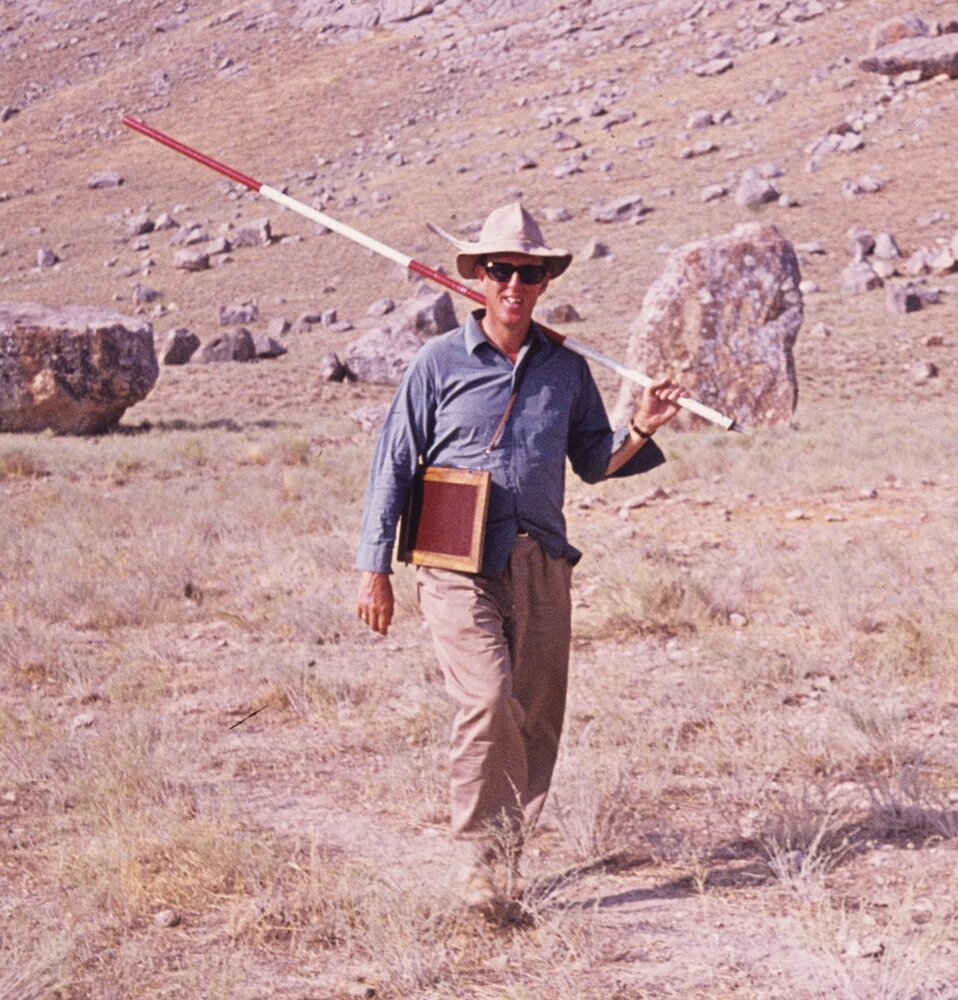German archaeologist Wolfram Kleiss, famed for intensive Iranian studies, dies at 90

TEHRAN – German archaeologist Wolfram Kleiss, who directed plenty of accomplished archaeological explorations in Iran during the 1970s and 1980s, has recently died aged 90.
Born 1930 in Berlin, Kleiss traveled for the first time to Iran in 1959, after he received a research grant from the German Archaeological Institute.
Kleiss was an Urartu specialist who also researched and studied various types of buildings and architectural works of different prehistoric and historical periods of Iran.
Kleiss studied and documented everything from Iron Age Urartian fortresses to Qajar bridges and mosques. From 1967 to 79, Kleiss conducted archaeological surveys in northwestern Iran and published the results in a series of articles, according to the National Museum of Iran.
Jebrael Nokandeh, director of the museum, on Tuesday, expressed his condolences on the death of this prolific German researcher and added that his name and memory are undoubtedly alive in the cultural heritage and archaeology community.
Nokandeh also voiced hope that the Tehran branch of the German Archaeological Institute would be able to make Kleiss unpublished documents and notes available to researchers.
Between 1969 and 1978, Kleiss excavated the Urartian fortress at Bastam in co-operation with a team of archaeologists from Iran, Germany, Italy, Canada, and the United States. Besides, from 1967 onwards, he conducted many surveys in Northwestern Iran, covering not only Urartian remains, but all periods from the Neolithic onwards.
Probably more than 1000 places of all periods were visited by him, surface finds were collected and plans were drawn. Most of these places were published in numerous articles in the “Archaeologische Mitteilungen aus Iran”.
His publications –more than three-hundred works- cover the vast topics of architecture and urbanism in Iran. Kleiss retired in 1995.
During 1971-1986, he was director of the institute’s Tehran branch. He has directed plenty of accomplished archaeological explorations in Takht-e Soleyman, Masjid (“the mosque of”) Soleyman, Bastam, and Bisotun.
In addition to numerous articles, Kleiss has published several books on Iranian architecture and the results of his excavations in the northwest and west of the country, including “History of the Architecture of Iran “, “ Bisutun, history, and history of research 1963-1967” and “ Bastam/Rusa-i Uru.Tur”.
Description of the Urartian and Islamic ruins “. All of these books have been translated and published in Persian. Also, Kleiss co-authored “ Caravanserais of Iran” with the late Dr. Mohammad Yousef Kiani. Kleiss has been one of the most prolific German archaeologists in recording sites and historical monuments of Iran.
The UNESCO-registered Takht-e Soleyman (“Solomon’s Throne”), an ancient sanctuary in northwest Iran, bears testimony to various eras of the nation’s history. The site includes the principal Zoroastrian sanctuary partly rebuilt in the Ilkhanid (Mongol) period (13th century) as well as a temple of the Sasanian period (6th and 7th centuries) dedicated to Anahita.
Bisotun is located along the ancient trade route linking the Iranian high plateau with Mesopotamia and features remains from the prehistoric times to the Median, Achaemenid, Sassanian, and Ilkhanid periods. UNESCO has it that Bisotun bears an outstanding testimony to the important interchange of human values on the development of monumental art and writing, reflecting ancient traditions in monumental bas-reliefs.
The historical town of Bastam embraces the holy shrine of Mohammad Ibn Jafar Sadegh (AS), Bayazid Bastami tomb, Bayazid Monastery, Bayazid Mosque, Eljaito Iwan, Ghazan Dome, Jame Mosque, Kashaneh Tower, and Shahrokhieh School, which were built in different eras from Seljuk era (1037–1194) to Qajar period (1789–1925).
AFM/
Leave a Comment